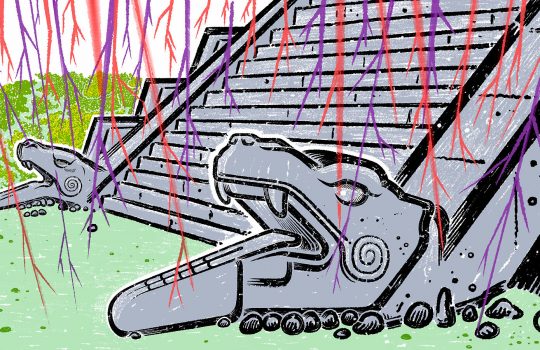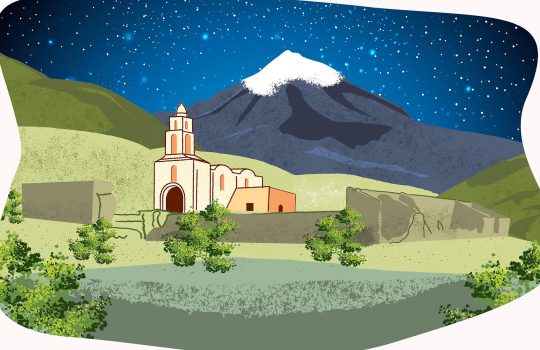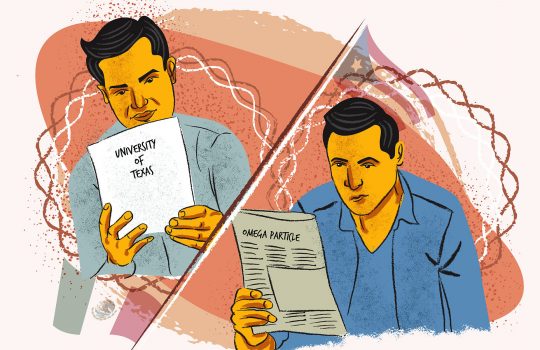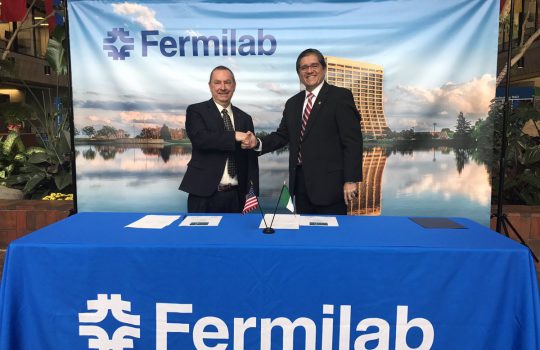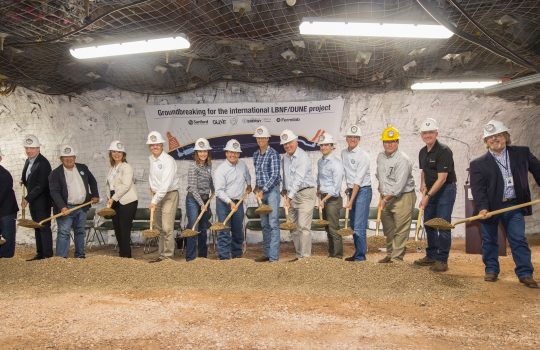Seeing through walls and breaking down barriers
Physicists and archaeologists are teaming up to provide research opportunities for Black and Hispanic undergraduates to image an archaeological site in Mexico using muon tomography. Fermilab personnel will help with the project, and Fermilab will also produce the scintillators for use in the muon detector.

